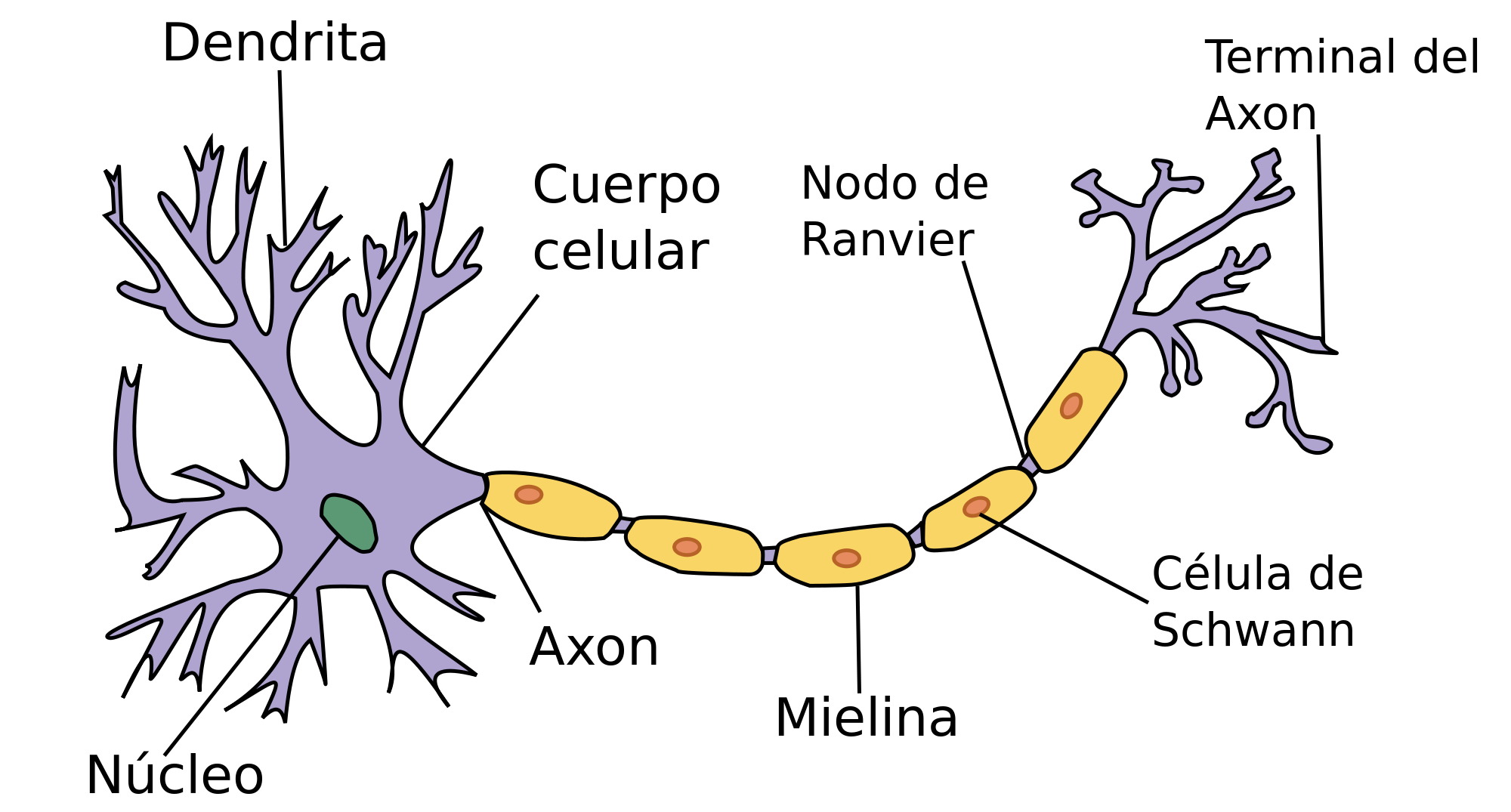Kabuki syndrome
1. Components of the nervous system
The human nervous system consists of the central nervous system (the cerebrum, cerebellum, spinal cord) and the peripheral nerves. Each of them is complex structures, from most to least complex in the order described. Moreover, they have very different functions
The same symptomatology can be produced by a lesion or alteration of the function in different locations, just as an alteration in a certain brain region can cause an alteration in another region distant from the first, since there is a large network of connections in the nervous system.
The functional unit of the brain is the neuron; our brain has 1012 neurons that are connected to each other, i.e. neuronal communication is a basic mechanism of brain functioning.
The gray matter is the part of the central nervous system formed by the meeting of neuronal bodies and dendrites. It is located basically in the cerebral and cerebellar cortex and in the deep gray nuclei of the cerebrum and cerebellum. The white matter is the part of the central nervous system composed of myelinated nerve fibers, which gives it its white color. It basically contains axons insulated by myelin, like the sheathing of an electrical wire.

All structures of the nervous system have an extremely complex formation during embryonic and fetal development. Important processes of neuronal migration (movement of neurons to reach their final location) and neuronal communication and signaling are involved throughout development.
Almost all patients with Kabuki syndrome have mild to moderate intellectual deficit and have neurological manifestations such as hypotonia, seizures or microcephaly. Global developmental delay over time is common.
